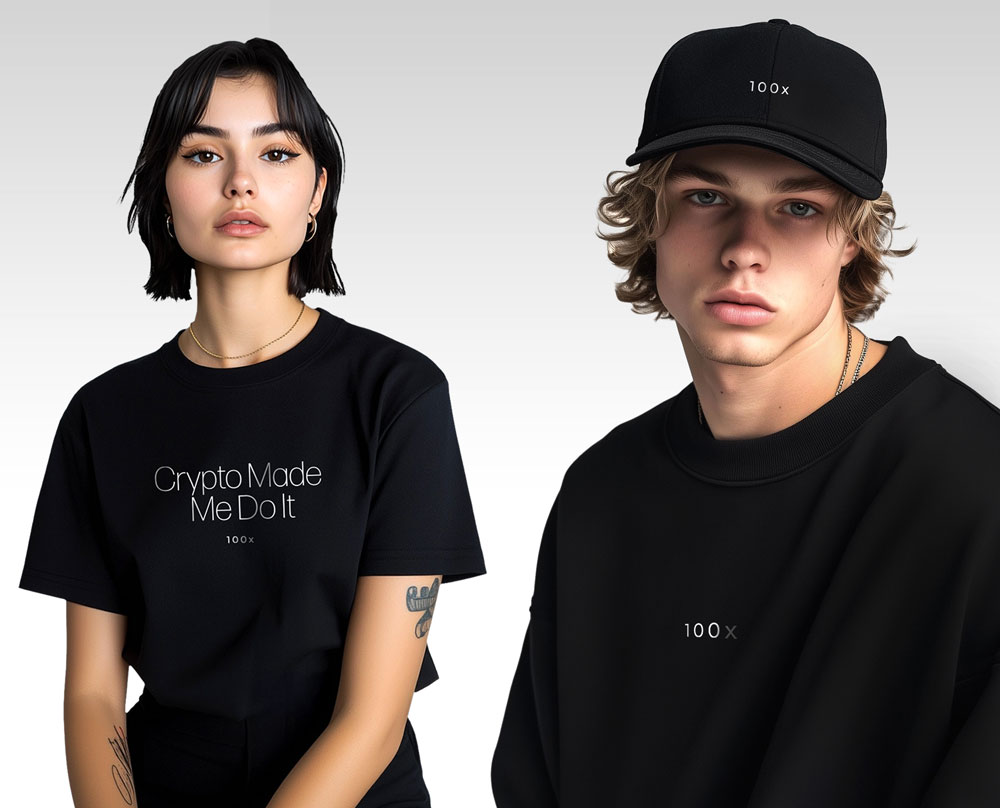Raydium’s RAY token suffered a steep decline of 22% in the past 24 hours, dropping to $3.28 amid rumors that Pump.fun is developing its own automated market maker (AMM). Over the last hour alone, the token has shed another 5%, according to data from GeckoTerminal.
The speculation stems from the discovery of a test version of what appears to be a new AMM, potentially redirecting a significant amount of trading volume away from Raydium. Neither Pump.fun nor Raydium representatives have responded to requests for comment, leaving investors uncertain about the future impact of these changes.
Raydium’s Reliance on Pump.Fun
Raydium has benefited significantly from Pump.fun’s success. Historically, newly launched tokens on Pump.fun have migrated to Raydium’s AMM, where a 0.25% fee is charged on swaps. If Pump.fun introduces its own AMM, it could disrupt this pipeline, potentially slashing Raydium’s trading volume and revenue.
What is an Automated Market Maker?
An automated market maker (AMM) is a decentralized trading mechanism that replaces traditional order books with liquidity pools. Prices are determined algorithmically based on supply and demand, allowing users to trade assets without relying on centralized intermediaries.
Pump.Fun’s Growing Influence in the Solana Ecosystem
Despite recent turbulence, Pump.fun has emerged as a major player in the Solana ecosystem. The platform enables users to launch and trade meme coins effortlessly, leading to significant trading volumes and speculation.
Key Metrics of Pump.fun’s Rise
- At its peak, Pump.fun processed over $5.3 million in daily fees.
- Only 1.4% of tokens launched on the platform advance to Raydium’s pools.
- Fewer than 100 tokens surpass a $1 million market capitalization.
Recently, the platform has faced scrutiny, particularly after Argentinian President Javier Milei’s endorsement of the LIBRA token led to a 27% decline in Pump.fun’s daily trading volume.
Will Raydium Maintain Its Market Dominance?
Raydium currently charges 6 SOL (~$950) for projects to graduate their tokens into its more liquid trading pools. However, if Pump.fun introduces a competing AMM with a similar or lower fee structure, Raydium could see a significant decline in usage.
Section 4 of the test site’s terms and conditions suggests Pump.fun is considering an alternative fee model, though specific details remain unclear.
Conclusion: A New Era for Solana DeFi?
With Pump.fun’s potential AMM in development, Raydium’s dominance could be at risk. The market reaction—evidenced by RAY’s sharp decline—suggests that investors are bracing for significant shifts in Solana’s DeFi landscape.
Whether Raydium can maintain its stronghold or adapt to the changing environment will depend on how it responds to Pump.fun’s innovations. For now, traders and investors will be closely watching for official announcements from both platforms.



